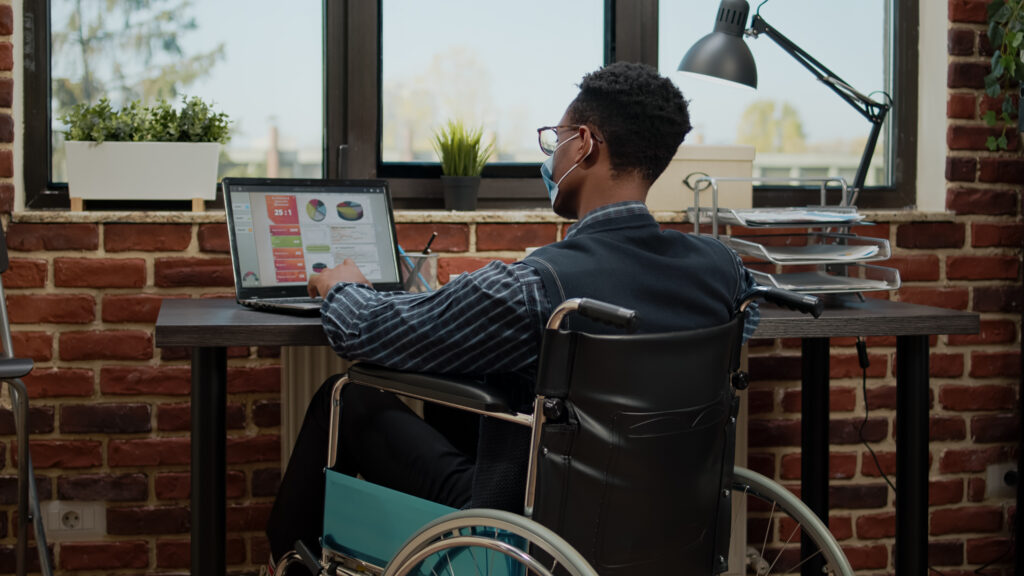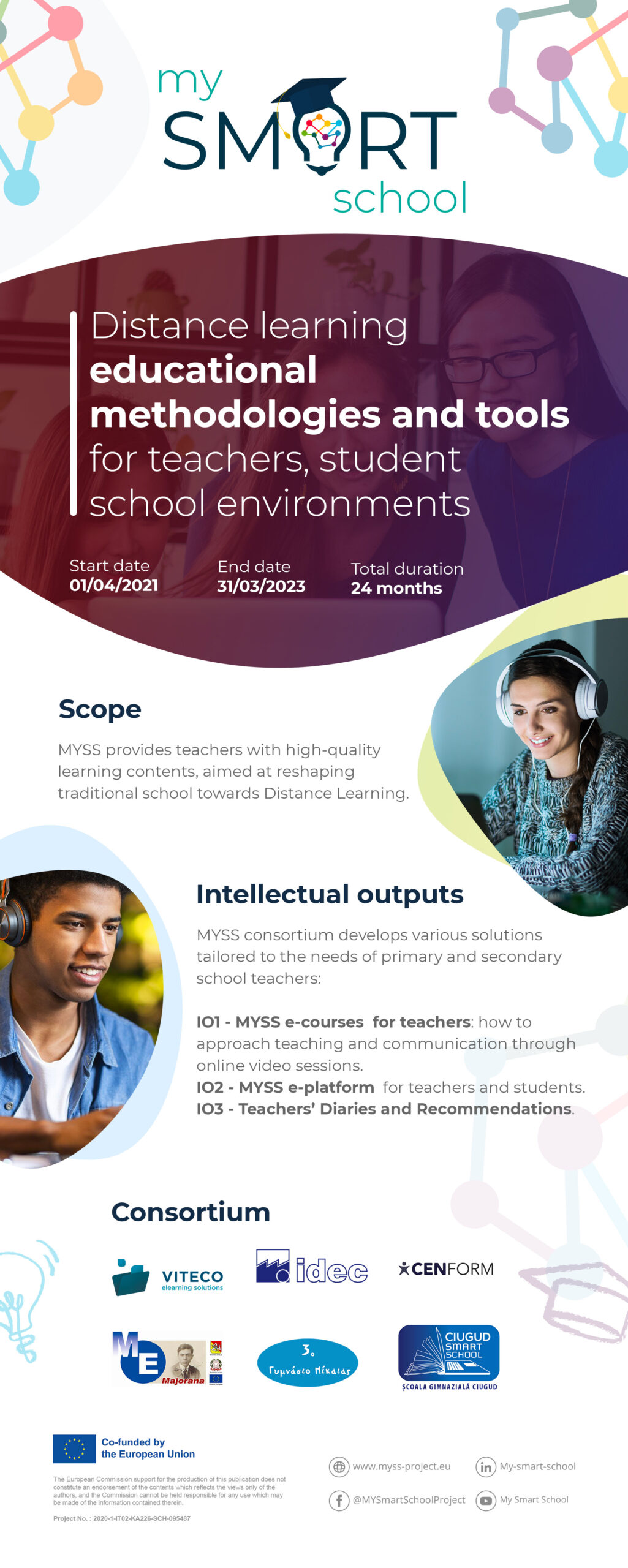The COVID pandemic has shown that it is now more necessary than ever to combine the traditional classroom model with activities mediated by the use of computers and other digital devices. The term hybrid or blended learning refers precisely to the training process that takes place in different environments with the support of information and communication technology. The concept behind blended learning is that the same lesson can be followed both at a distance and in presence, thanks to the support of specific tools such as LMSs or videoconferencing systems. Furthermore, different types of models can be adopted, depending on the needs of the students, such as the so-called shift approach, in which students take turns following the lesson in the classroom or from home, or differentiated learning, based on different activities depending on whether the lesson is followed at a distance or in the classroom. In any case, hybrid learning guarantees greater flexibility and involvement on the part of the student, as well as representing a real opportunity for all those students who are unable to attend classes in person.
Hybrid learning should not only be seen as a support to classroom teaching, but as a valid alternative. This is especially true when it comes to students with special needs where e-learning communication tools in traditional classrooms can be of great support in assisting learning. The reason lies in the fact that this innovative approach provides students with the opportunity to direct their learning process with available teaching methods and materials that best suit their characteristics. A blended learning environment offers students with special needs a double advantage: a physical teacher to ask questions and seek advice from, as well as virtual support resources in the classroom and at home. Moreover, it can provide strong pedagogical actions in today’s digital age to meet the diverse needs and interests of students, who are motivated to be proactive and have practical experiences. This is because the role of technology is to help students clarify abstract concepts. For example, to study the characteristics of space, the teacher can directly show an augmented reality simulation.
In addition to the possibility of creating individualised educational plans for each type of student, the advantages of hybrid lessons can be seen in the direct involvement of parents of special needs students, who can personally ensure that they receive an education equal to that of their peers. Furthermore, traditional classrooms can be a source of great distraction: just think of children with autism. For such students, the hybrid school may be a good option. Parent and child can work together to create a distraction-free learning environment. Finally, hybrid learning provides more flexibility. The length of time students are able to concentrate can vary drastically, and this ability varies even more for special learning needs. Children may feel frustrated or embarrassed when they see their peers finish on time and with ease. The hybrid school offers more flexibility. They can have more time for homework or to review a recorded lesson they did not understand. Furthermore, if the student has frequent doctor’s appointments, he will not fall behind for missing classes, but can simply modify the school schedule for the day to fit in with the appointments. If a long hospital stay is necessary, the student can take his device with him and continue studying.
Virtual and hybrid learning opportunities should therefore be an integral part of traditional education systems, whether for homework, online learning during school, or learning outside school due to health reasons, adverse weather conditions or duress. The effective implementation of inclusive technological practices to support students with and without disabilities in this context should be a priority.


